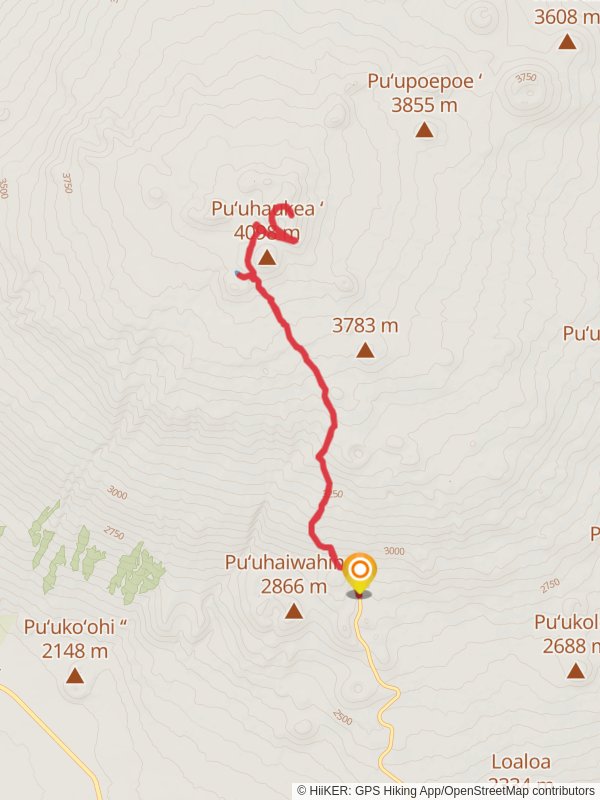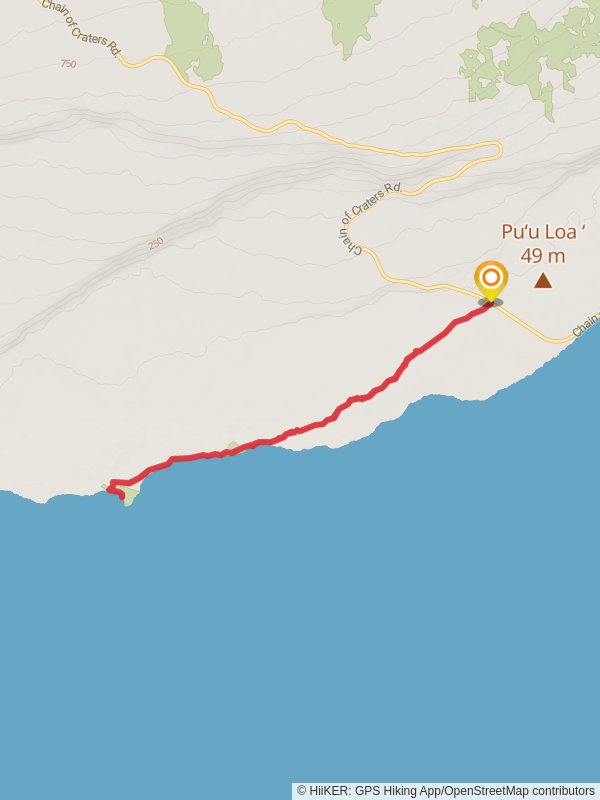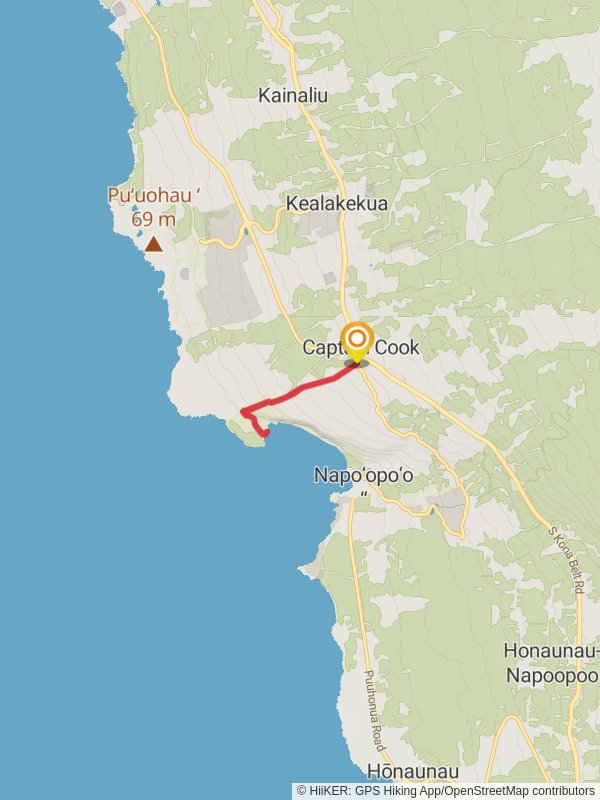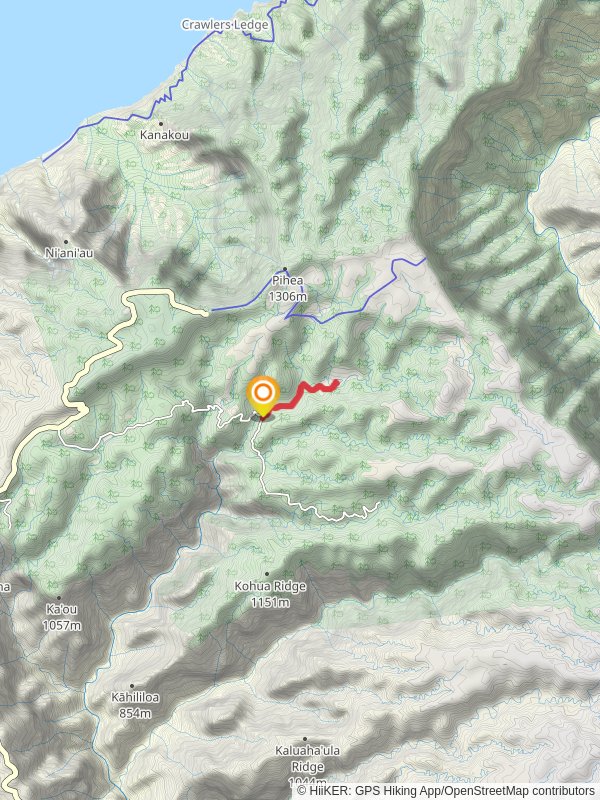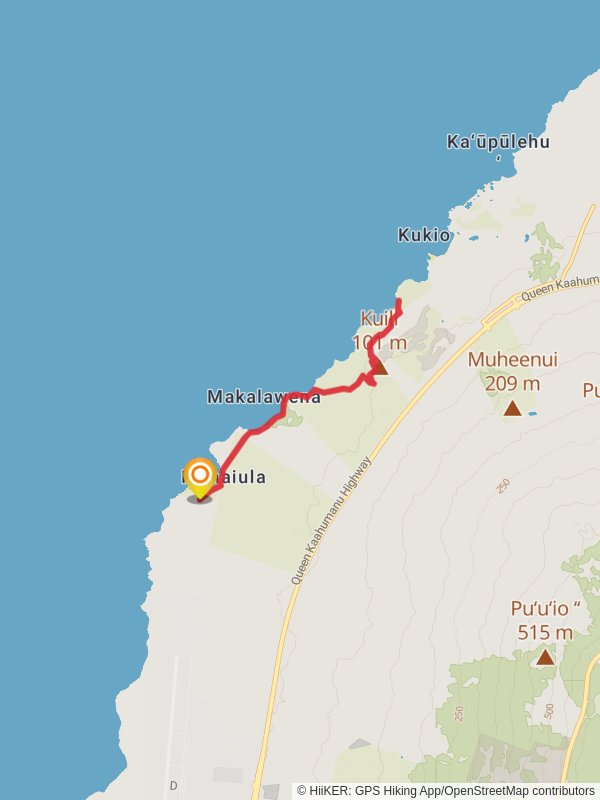Best scenic view hiking trails in Hawaii
Looking for a hike that’s all about the views? These scenic trails serve up postcard-perfect panoramas around every corner—so don’t forget your camera!
Here are some great trails to explore in Hawaii.
Most popular trails
Reviews for scenic view hiking trails in Hawaii





Frequently asked questions for hiking trails in Hawaii

Hawaii's weather is idyllic most of the year, making it a hiker's paradise. The dry season, from April to October, offers reliable weather with little rainfall, ideal for hikes such as the Kalalau Trail.
From November to March, Hawaii experiences its wet season. Rain can make trails slippery and treacherous, especially hikes like the stairway to heaven.
The best time to hike in Hawaii is during the dry season or transitional periods in April and November when the weather is most stable. Check out more here: https://www.weather.gov/hfo/climate_summary.

Some trails in Hawaii, like the famed Kalalau Trail, require advance hiking permits. These can be obtained from the Hawaii Department of Land and Natural Resources. For entering national parks or wildlife refuges, additional permits may be needed. More information is here: Hawaii DLNR.

Wild camping in Hawaii is regulated and primarily allowed in designated state parks with a permit from the Hawaii Department of Land and Natural Resources. Strict rules apply concerning fires, noise, and waste disposal. Information on obtaining camping permits can be found here: Hawaii DLNR.

In emergencies during hiking in Hawaii, call 911. Local fire departments handle search and rescue. It's advisable to hike with a companion, carry sufficient water, a map, and a charged phone. Stay on marked trails. Find more safety tips at Hawaii State Parks.

Hawaii's hiking trails offer unique flora, from lush rainforests to volcanic landscapes. Trails like Koke'e State Park display vibrant 'Ōhi'a lehua blossoms, while hikers may encounter endemic silverswords on Haleakalā volcano. Some plants, like the stinging nettle, can cause skin irritation. More info here: https://dlnr.hawaii.gov/.

In Hawaii, hikers may encounter wildlife like the nene goose, Hawaii's state bird, or the unique happy-face spider. Mosquitoes can be a nuisance, so carry repellent. Be cautious of the small but stinging Portuguese man o' war on coastal trails. More details here: https://dlnr.hawaii.gov/.
More trails in Hawaii
by difficulty
by type
by activity


